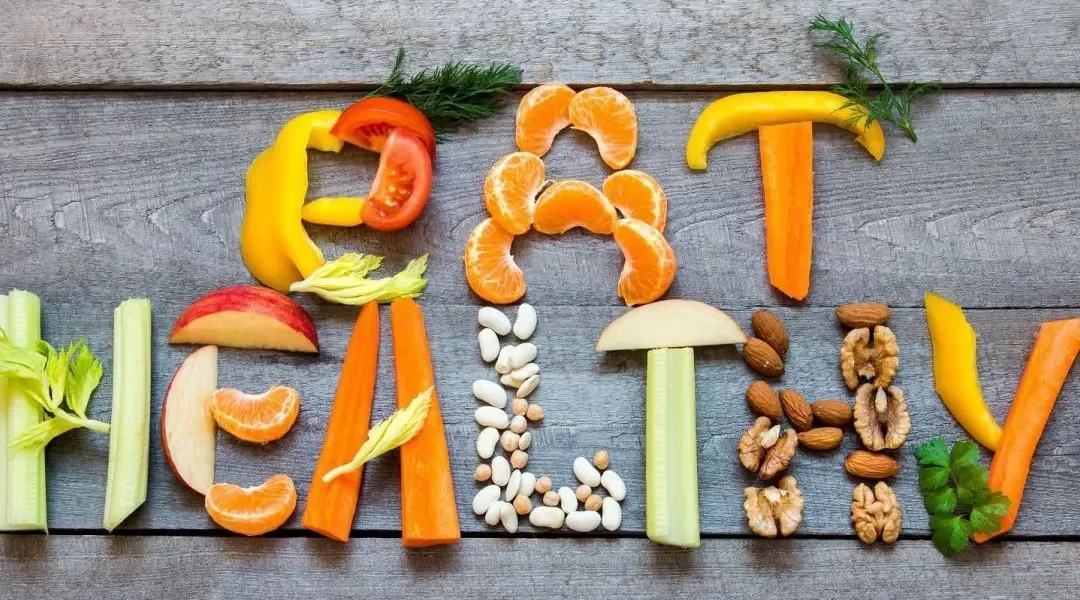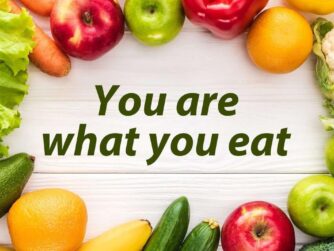If you’ve ever tried to dive into the world of nutrition, you know how overwhelming it can feel. Keto, paleo, intermittent fasting, plant-based, low-carb, high-protein — the list goes on and on. It’s enough to make you want to throw up your hands and just grab the nearest fast-food burger.
Here’s the truth: mastering the basics of healthy eating doesn’t have to be complicated. In fact, it shouldn’t be complicated. The healthiest people you know probably aren’t counting every calorie or obsessing over every bite — they’ve simply built a few smart habits into their everyday lives.
Today, I want to show you how to strip away all the confusion and get back to what actually matters when it comes to eating healthy — without overthinking every meal.
Why Basic Nutrition Is Simpler Than You Think
The health and fitness world often makes nutrition seem way more complicated than it really is. And I get it — it’s easier to sell diet plans, supplements, and coaching when people believe they need something special to succeed.
But you don’t need a PhD in nutrition to eat better. You just need to understand a few key principles and trust yourself to apply them consistently.
Here’s why simple nutrition works:
- Your body craves balance naturally. When you give it a variety of nutrients, it knows what to do.
- You already know more than you think. Most people can tell the difference between a balanced meal and a junk food binge without needing a manual.
- Small, basic habits stick longer. It’s not the crazy diets that change your life — it’s the simple actions you repeat daily.
A 2016 study published in Obesity Reviews emphasized that consistency with simple dietary habits had a stronger impact on long-term health than adherence to complex or extreme diets.
In other words: you don’t have to be perfect. You just have to be consistent with the basics.
The Core Principles of Healthy Eating (Made Simple)
Let’s strip it down to the fundamentals. Here’s what really matters:
1. Eat Whole, Minimally Processed Foods Most of the Time
Focus on foods that come from nature, not a factory. Fresh fruits, vegetables, whole grains, lean proteins, nuts, seeds, and healthy fats should make up the bulk of your diet.
It’s not about “never” eating a cookie or a slice of pizza. It’s about making the real, nutrient-dense foods your everyday norm — and enjoying treats mindfully when you do have them.
Real world tip: When shopping, try to stick mostly to the perimeter of the grocery store. That’s where you’ll find the fresh produce, meats, dairy, and bakery sections.
2. Balance Your Plate
An easy way to make sure you’re eating a balanced meal is to divide your plate visually:
- Half filled with non-starchy vegetables (think greens, broccoli, peppers)
- One quarter with a quality protein (chicken, fish, beef, tofu)
- One quarter with a healthy carbohydrate (sweet potatoes, brown rice, quinoa)
This method — often called the “Plate Method” — is recommended by organizations like the CDC and Harvard’s School of Public Health because it works across almost all eating styles.
Real world tip: Even when eating out, you can mentally adjust your plate by ordering an extra side of veggies or splitting a starch-heavy dish with a friend.
3. Stay Hydrated
Water is often overlooked when talking about healthy eating, but it plays a critical role. Hydration affects digestion, energy, metabolism, and even appetite signals.
Aim for about half your body weight in ounces of water per day as a general guideline.
Real world tip: Carry a reusable water bottle everywhere you go. If it’s with you, you’ll drink more.
4. Listen to Your Body
One of the best skills you can build around food is learning to listen to your natural hunger and fullness cues. Eat when you’re hungry. Stop when you’re satisfied — not stuffed.
This sounds simple, but because of modern diet culture, many people have lost touch with these instincts. Rebuilding this awareness takes practice but pays off for life.
Real world tip: Start by slowing down during meals. Put your fork down between bites. Notice how your body feels about halfway through your meal.
5. Be Flexible, Not Perfect
Healthy eating isn’t about being 100% “clean” or rigid all the time. It’s about doing your best most of the time, and not spiraling when life throws curveballs.
Had a giant cheeseburger for lunch? Great. Enjoy it. Then aim for a more balanced, veggie-rich dinner. Balance happens over days and weeks, not every single meal.
Real world tip: Use the 80/20 rule. Eat nutrient-dense, whole foods 80% of the time, and leave 20% for flexibility and fun. It keeps you sane — and consistent.
Why Overthinking Nutrition Is the Enemy of Progress
When you obsess over food — worrying about every gram of carbs or whether your lunch was “clean enough” — it actually creates more stress and less healthy behavior overall.
Stress and guilt can lead to binge eating, emotional eating, or swinging wildly between extremes. Not exactly the goal, right?
Instead, think of nutrition as a long-term relationship. Like any relationship, it thrives on balance, flexibility, and a little bit of grace — not constant criticism or impossible standards.
A 2015 study in the Journal of Health Psychology found that people with a flexible, moderate approach to eating had better weight management and emotional health than those who adopted rigid, all-or-nothing mindsets.
In short: being “good enough” with your nutrition most of the time beats being “perfect” once in a while.
Final Thoughts: Keep It Simple, Keep It Consistent
You don’t need to chase the latest diet trend or spend hours researching meal plans to eat well. You already have the knowledge you need to start.
Focus on the basics: whole foods, balanced meals, hydration, listening to your body, and being flexible. That’s it.
When you stop overthinking and start taking simple, consistent action, healthy eating becomes part of who you are — not something you’re constantly trying to “get right.”
Next time you’re feeling overwhelmed, ask yourself: “What’s the simplest next step I can take right now?” Then go do it. One simple step at a time — that’s how you master the basics without making it harder than it needs to be.
What’s one small change you’re ready to make this week toward simpler, healthier eating? Let’s hear it!







